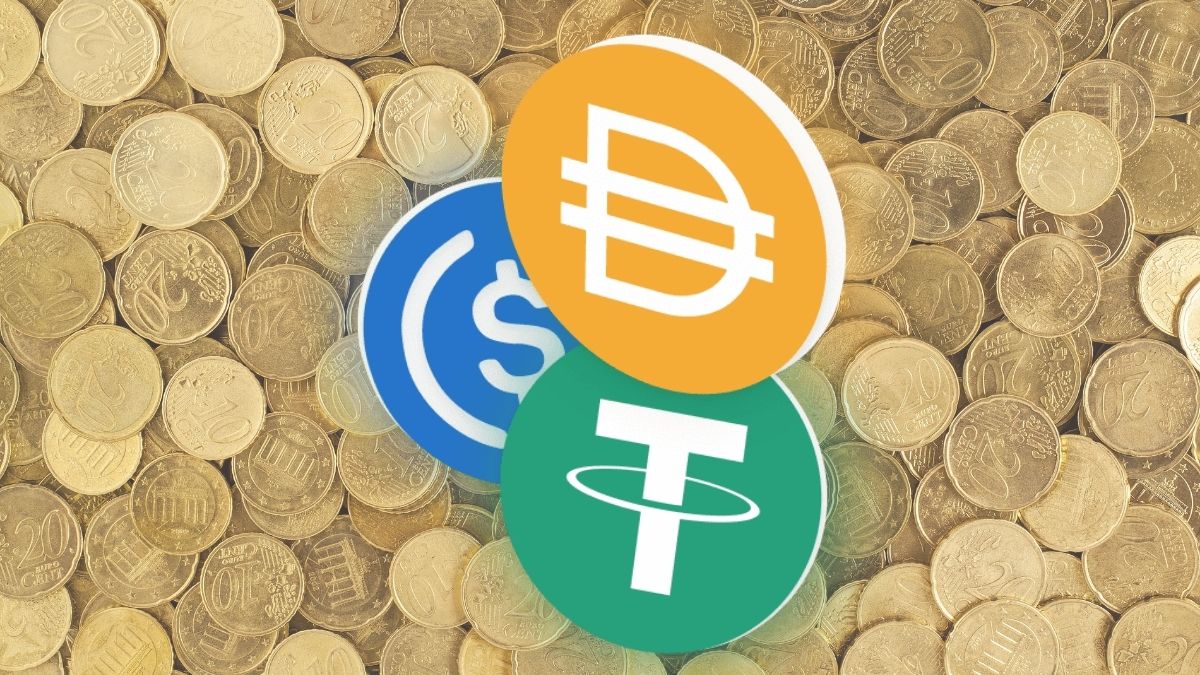The Terra LUNA and UST butcher shop has shaken the faith of the cryptocurrency market and beyond in stablecoins. However, the leaders of the other leading stablecoin projects want you to know that they are nothing like UST and not all stablecoins are the same. As Cryptoreport has consistently covered in the past week, LUNA crashed and seemed to be heading for zero in a death spiral and has failed to function as expected as a plug for UST. At press time, UST is down to $0.17 after losing 83 percent of its value in the past week. LUNA, on the other hand, is down from $85 to trade now at $0.0002276.
I think there is a conversation about dissociation; that the term of art ‘stablecoin’ has probably run its course. It warrants a discussion about whether algorithmic stablecoins even belong to the class of instruments that are subject to existing regulations. Do they belong within the perimeter that touches real consumers and real payments?
Asset-backed stablecoins also have their own controversies. Tether, for example, has been accused of lending money to its sister company Bitfinex without informing investors, as well as claiming that its USDT stablecoin is not fully backed, though it has denied the allegations. Algorithmic stablecoins were supposed to eliminate such inconsistencies by removing the central entity and relegating the entire process to mathematics, algorithms, and game theory. In light of recent events, this may not be the answer.
Stable in name only
USDC is not the only stablecoin project to distance itself from the UST debacle. Tether, which is the largest stablecoin project, also wants nothing to do with the failed Terra project. Speaking In a recent Twitter Space, Paolo Ardoino, CTO of Tether and Bitfinex, said there needs to be a separation between algorithmic and asset-backed stablecoins.
We would like to see a categorization of stablecoins, where of course there are centralized stablecoins, and Tether is the largest, and there are algorithmic stablecoins. I think it’s very important that client protection has some kind of guidelines.
Tether has a market capitalization of $76.6 billion, making it the third largest cryptocurrency after Bitcoin Y ethereum. USDT is also extremely popular with traders and saw $72 billion in trading volume last day, more than the next five cryptos combined. Ardoino wants regulators to treat algorithmic stablecoins differently from Tether and other asset-backed coins. Until now, regulators have focused on the latter and had a blind spot for the former, he said.
Those are the ones that are exploding, so I think it’s an association problem. It’s a ‘stable in name only’ problem. But the risk that has manifested itself is exactly why the political conversation about these kinds of issues is important.
Even among algorithmic stablecoins, there are still differences between the different projects, adds Fernando Martinelli. Fernando is the CEO of Balancer Labs, an Ethereum-based automated market maker in the DeFi space with over $2.2 billion in total locked value. He said:
“There has always been a question mark within that category of algorithmic stablecoins. You cannot tell if an algorithmic stablecoin has no substance or is not well designed. There are some that are algorithmic that are collateralized to a high degree, but not over-collateralized.”
So which way for algorithmic stablecoins now? UST may have ruined the prospects of other similar stablecoins for the foreseeable future. The jury is still out on whether the entire field has failed or if this was unique to UST.
John Paul Koninga researcher in monetary economics, believes that it is the former and that the idea turned out to be a catastrophe.
It’s time to stop seeing algorithmic stablecoins as engineering challenges (“thinking that after a few failures, there will be a successful iterative product”), and instead start seeing them as fundamentally flawed products (i.e. no more engineering no can fix them).

